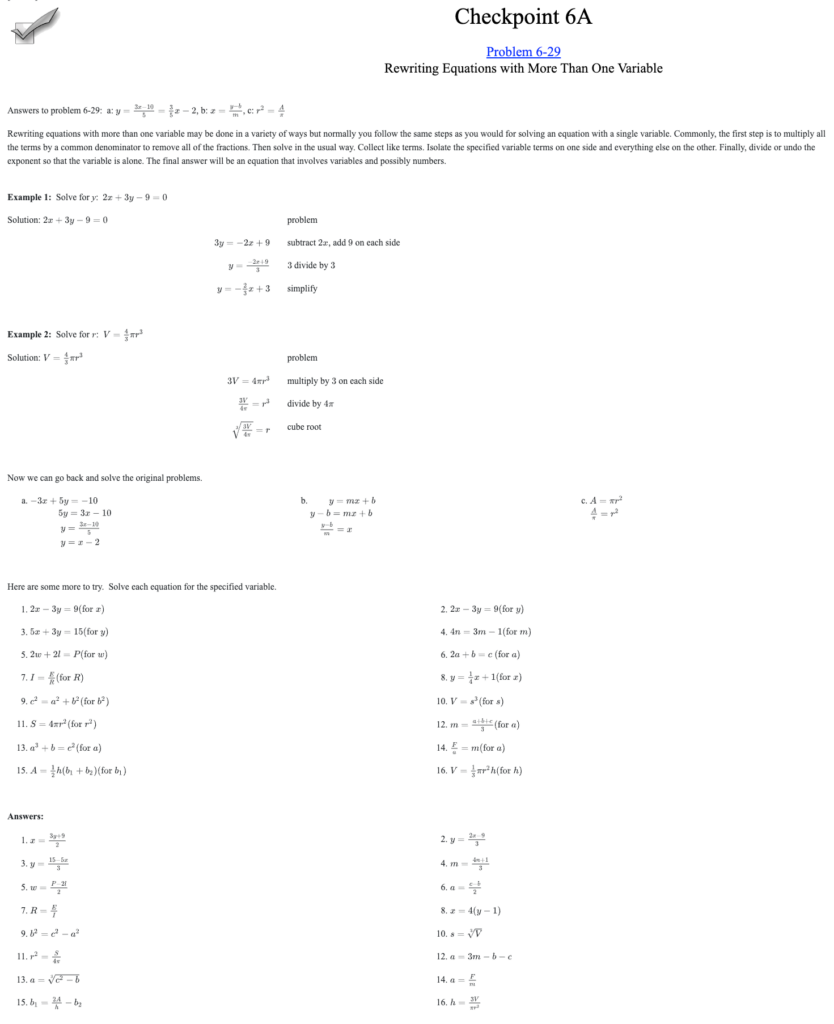Ashley Boyd, Lake Cormorant, MS
After participating in my first escape room, I knew I wanted to provide a similar experience for my students. Teamwork, perseverance, communication, and problem-solving – all concepts I taught throughout the year – were required to successfully escape. What better way to “live out” our learning than using it to “escape?”
What is an escape room?
The basic premise of an escape room is that a team of players is locked in a room and left to solve a mystery in order to escape (exit) the room. Themes and storylines may vary, but the urgency and need to escape are essential.
How I planned our escape experience
My first step in the month-long process of creating this unforgettable experience was gaining administrative support. They are familiar with my out-of-the-box ideas and offered our school conference room as the room to escape. I then began collecting supplies. I reached out to friends, fellow teachers, and even the students to collect a variety of locks and boxes. Additionally, I collected household items, basic school supplies, and a variety of odds and ends I felt might be used as clues. Next, I started working on a storyline. I brainstormed ways in which our math concepts could be incorporated to build and develop a strong storyline. Finally, a team of three students and I developed some content-based clues that followed the storyline and added to the mystery of the room. Not all clues were content-based, but all of them were focused on team collaborative learning. To escape, students were required to calculate a tip, find unit rate, and solve equations in addition to solving riddles, matching combinations and keys to locks, and searching for clues written in invisible ink.
The day of the escape
The class was divided into teams of 10-12 students. One group came to the escape room while another teacher monitored the others. The team was ushered in and the scenario was explained to them as the door was shut behind them. The team was monitored through a video baby monitor. This allowed clues to be slipped under the door when the teams were stuck or off track. When the time was up or escape occurred, a team of volunteers rushed in to reset the room before the next team arrived.
Personal take-away
Getting students to enthusiastically engage in challenging problems is hard; however, I discovered keeping my classroom centered on that concept throughout the year allowed students to develop a love for it. My students rose to the challenge of the escape room. They blew me away with their ability to work together and solve hard problems. Using CPM is a vital resource in getting students to be independent passionate problem solvers.
Planning advice
Participate in a few escape rooms before planning your own. This will give you so much insight and many ideas. Then…GO FOR IT! The excitement and achievement you will see in your students will be beyond rewarding!


